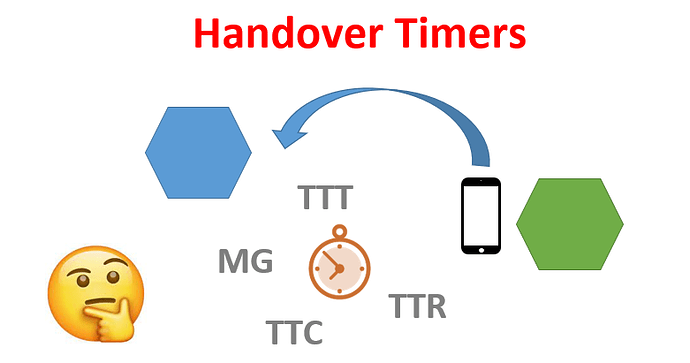Handover is a fundamental feature of mobile networks that ensures continuity of user sessions as they move from one location to another. In 5G networks, handover plays an even more critical role due to the higher frequency bands used and the increased mobility of users.
Handover in 5G networks is governed by a set of timers that determine when and how handover should be initiated. These timers are essential in ensuring that handover is performed efficiently and with minimal disruption to the user experience.
Here are a few handover timers that telecom engineers should be familiar with in 5G networks:
-
Time-to-Trigger (TTT): TTT is the time it takes for the serving base station to detect that the signal quality of the user’s device has dropped below a certain threshold. TTT is a critical parameter in handover initiation and can affect the overall performance of the network.
-
Measurement Gap (MG): MG is the period during which the user equipment stops measuring the serving cell’s signal quality to reduce interference. The length of the MG affects the accuracy of the measurements and can impact handover decisions.
-
Time-to-Connect (TTC): TTC is the time it takes for the user’s device to establish a connection with the target base station after handover. TTC is affected by factors such as network congestion and signal quality, and can impact the user experience.
-
Time-to-Release (TTR): TTR is the time it takes for the serving base station to release the user’s connection after handover is complete. TTR can impact the performance of the network by affecting the availability of resources.
Credits: ![]()
